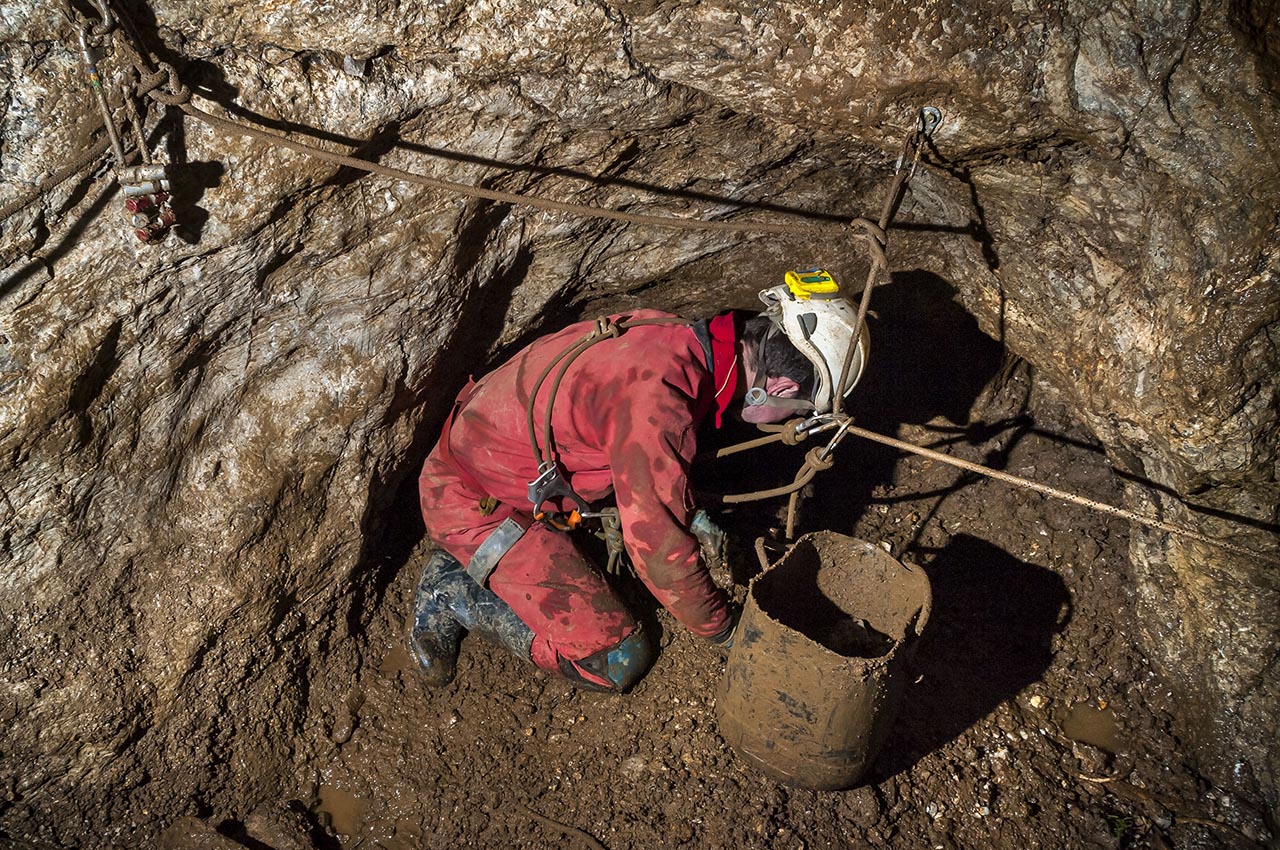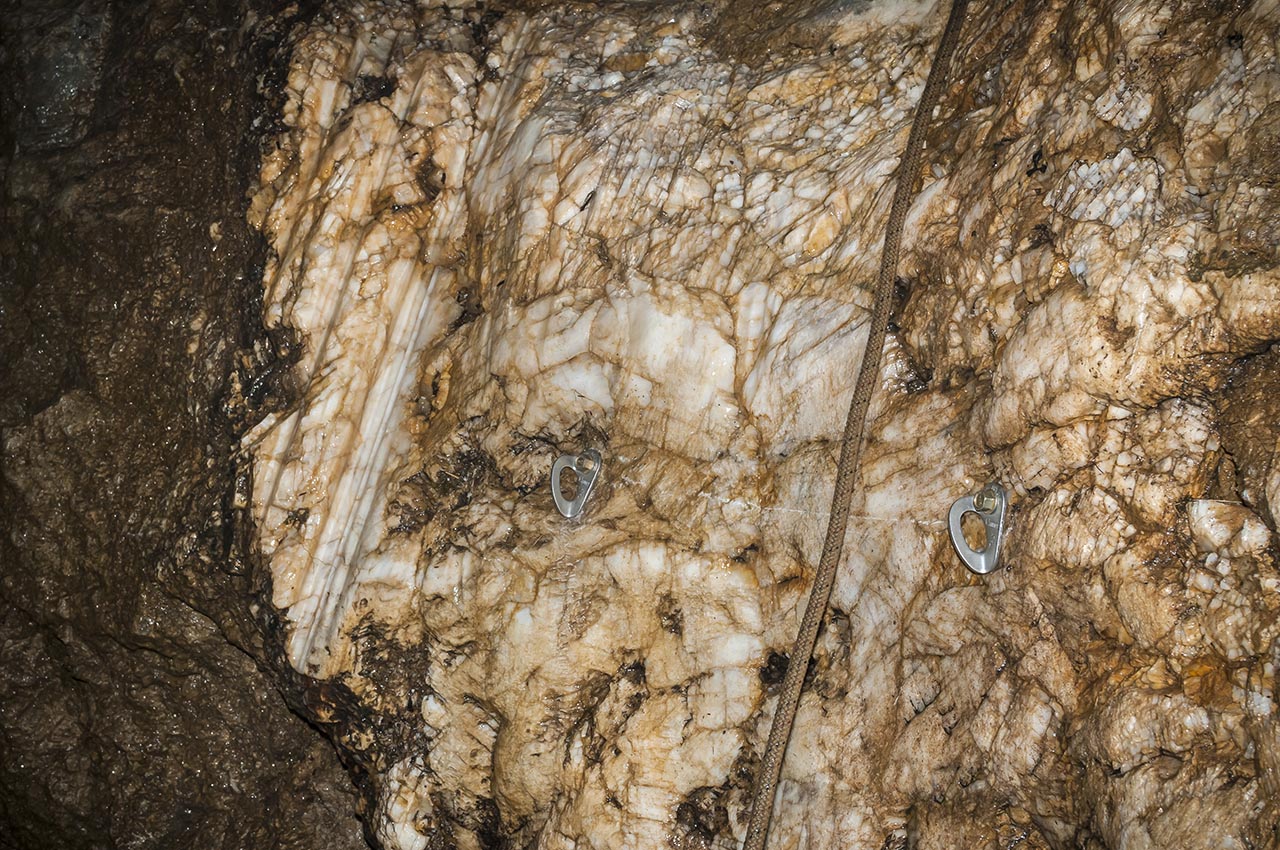Bob Mehew
Well-known member
In the 15 plus years I have been involved with E&T committee, bolting in mines is something E&T has never got to grips with. (There was Gethin's work & some done in Devon & Cornwall, but the main focus has been on limestone.) I would list the major areas not yet answered are:
a) the different rock type and its bedding (or cleavage) patterns,
b) inbuilt rock stresses induced by blasting, and
c) corrosion due to water contaminated by minerals.
The nearest E&T got to considering the topic was a comment which came from Cornwall of using an easily extractable throughbolts and removing them between trips to minimise corrosion. But that just deals with the heightened corrosion problem. And no doubt there could be other areas needing consideration.
a) the different rock type and its bedding (or cleavage) patterns,
b) inbuilt rock stresses induced by blasting, and
c) corrosion due to water contaminated by minerals.
The nearest E&T got to considering the topic was a comment which came from Cornwall of using an easily extractable throughbolts and removing them between trips to minimise corrosion. But that just deals with the heightened corrosion problem. And no doubt there could be other areas needing consideration.





